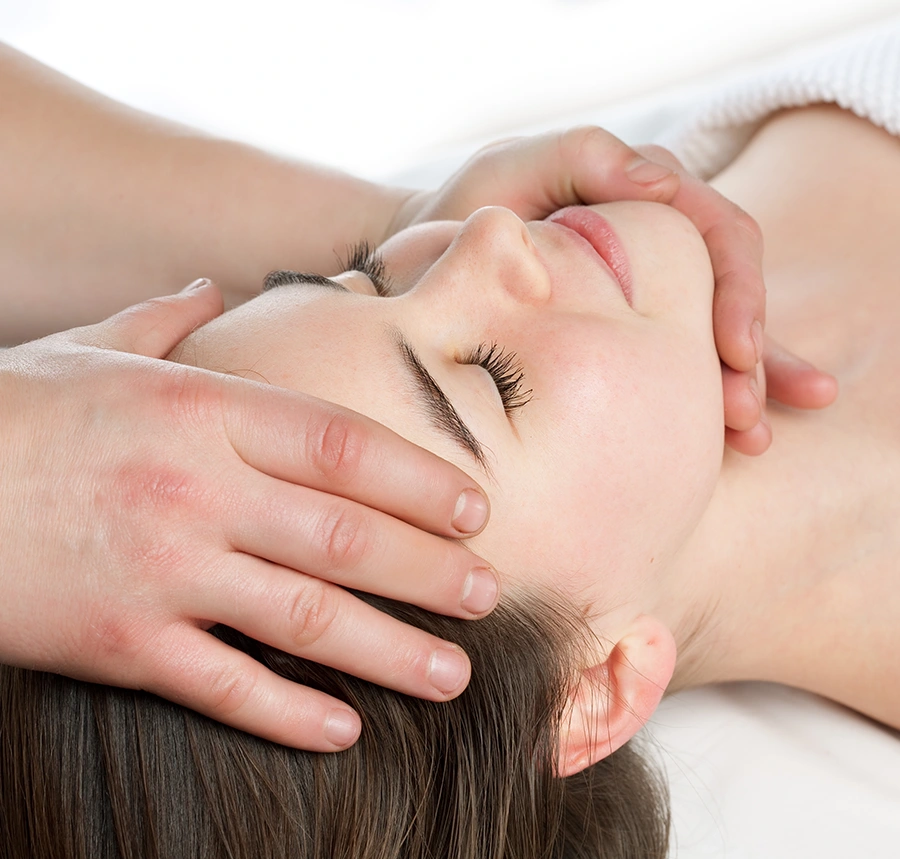Frozen Shoulder - Adhesive Capsulitis Therapy
Frozen shoulder, medically known as adhesive capsulitis, is one of the most difficult shoulder issues to manage. There are two types.
Type 1 comes about for no known reason.
While more common in women it also affects men.
Type 2 occurs after some sort of injury like a fall, pull of the arm, or after a surgery.
Some clinicians will leave frozen shoulders and see what happens – when left on its own it can take many years to resolve, often without regaining full range of motion and strength.
My strategy carefully balances stretching and strengthening and has produced success in helping people maintain and regain their motion, strength, activities, and lifestyles back much more quickly than just waiting to see.

Temporomandibular Junction Dysfunction (TMJ)
The temporomandibular joint is where our jaw meets the rest of our skull. It is one of the most unique joints in our body because it actually does a hinge and a sliding motion.
This joint can cause issues after injuries such as a fall and collision with the ground, from contact sports, just opening the mouth too wide, or assaults.
Oddly pain on one side of the jaw can be caused by the movement on the opposite side, or even from muscles inside the mouth.
A comprehensive exam involves assessing the movement of both sides and measuring the movement forward, backward, and side-to-side. From there stretching, mobilization, and strengthening is paramount to improvement.
Treating the TMJ can alleviate pain, locking, and head and neck pain.
